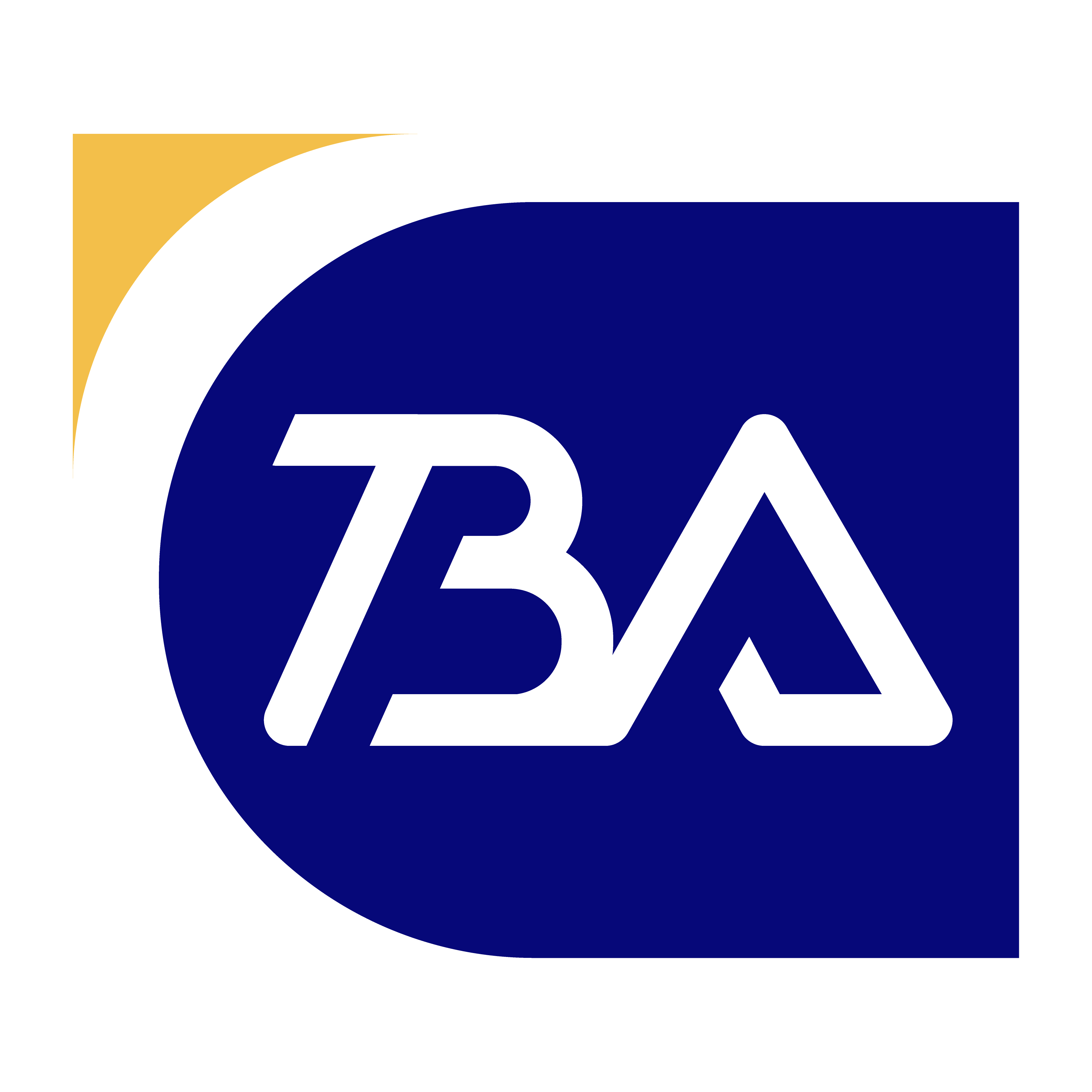Confused about P45, P60, and P11D?
- TBA
- Jun 20
- 4 min read
In the UK, whether you’re an employee or an employer, it’s nearly impossible to avoid one key system when it comes to payroll – PAYE (Pay As You Earn).
This means that when an employer processes payroll, they automatically deduct Income Tax, National Insurance Contributions (NICs), and other applicable deductions (such as student loans or pension contributions).
PAYE significantly reduces the administrative burden for both employers and employees. However, before you start using the system, there are a few key documents you need to understand – particularly the often-confused P45, P60, and P11D forms.
Still unsure about the differences and usage of these forms?
Then you’ll definitely want to save this article! They are directly linked to your resignation, onboarding, tax filing, and benefit declarations.
P45, P60, and P11D
What is a P45?
When an employee leaves a job, the employer must provide them with a P45. This form records the employee’s earnings and tax paid during the current tax year (which runs from 6 April to 5 April the following year) up to the date they left.
A P45 has four parts:
Part 1: Sent by the employer to HMRC
Part 1A: Retained by the employee
Parts 2 and 3: Given to the next employer or Jobcentre Plus
By law, employees should receive their P45 on their leaving date. When joining a new employer, you're often asked to provide Parts 2 and 3 of your P45 so the employer can apply the correct tax code.
If you don’t have a P45, your new employer may have to use an emergency tax code, which could result in overpaying tax.
If it’s your first job or you’re starting a second job, you naturally won’t have a P45. In that case, your employer will ask you to fill in a Starter Checklist, which collects your basic tax details (such as whether you have other jobs, your National Insurance number, and whether you have a student loan), so the correct tax code can be applied.
The P45 is valid for the entire tax year in which it is issued. If the tax year changes between jobs, you will need to fill in a Starter Checklist instead.

What is a P60?
In contrast to the P45 which is issued when you leave a job, a P60 is issued if you are still employed at the end of the tax year (5 April each year).
Your P60 includes:
Your National Insurance number
Your employer’s PAYE reference number
Your tax code at the end of the year
Total earnings for the tax year
Total tax paid through PAYE, including breakdowns by tax type
The P60 is very important – it helps you check whether you’ve overpaid tax. If you have, you may be able to claim a refund.
If you’ve had multiple jobs, each employer should issue you with a separate P60.
We recommend keeping your P60s for at least four years as evidence of your income and tax history. This will be crucial if you ever need to prove your tax status or resolve any tax issues with HMRC.

What is a P11D?
Now that we’ve covered resignations and joining new jobs, let’s look at a form relevant during employment – the P11D.
If you receive Benefits in Kind (non-cash benefits) as part of your job – such as:
A company credit card
Interest-free loans
Private medical insurance
Company cars or other assets used for personal reasons
Then your employer is required to submit a P11D form to HMRC on your behalf.
This form lists the taxable value of each benefit, which is used to determine whether you need to pay additional Income Tax. If your total income (including benefits) exceeds £8,500, the employer must submit a P11D.
Employers usually give you a copy of the P11D, but if they don’t, they’re still legally required to inform you of the benefits included. If your employer is using payrolling benefits (where tax is deducted through payroll instead), you may not receive a P11D.
Employer responsibilities
As an employer, if you provide any Benefits in Kind to employees, you must:
Submit a P11D for each employee receiving benefits
Submit a P11D(b) to report the Class 1A NICs owed on these benefits
The key deadlines are:
Submission deadline (P11D & P11D(b)): 6 July each year
Employee copies must be provided by: 6 July
Class 1A NICs payment deadline: 22 July each year
The P11D is a crucial document in the UK’s tax system for declaring employee benefits.
Even non-cash perks with monetary value can lead to tax liabilities. Both employers and employees should understand these responsibilities to avoid future penalties or unexpected tax bills.

Some advice from TB Accountants
The different uses of the P45, P60, and P11D highlight the UK’s emphasis on real-time compliance and transparency in payroll and taxation.
For employers, these forms are not only records of employee tax status – they are legal obligations. Any delays, omissions, or errors could lead to HMRC investigations or fines.
For employees, understanding these forms can help clarify your salary and tax structure.
More importantly, it can determine whether you receive a timely tax refund, avoid excessive emergency tax codes, or correctly report additional income from self-employment or investments.
For individuals and businesses looking for UK taxation services, use our contact form to get in touch for more information.
Get in touch with us at info@tbgroupuk.com or for a free one-to-one consultation.
